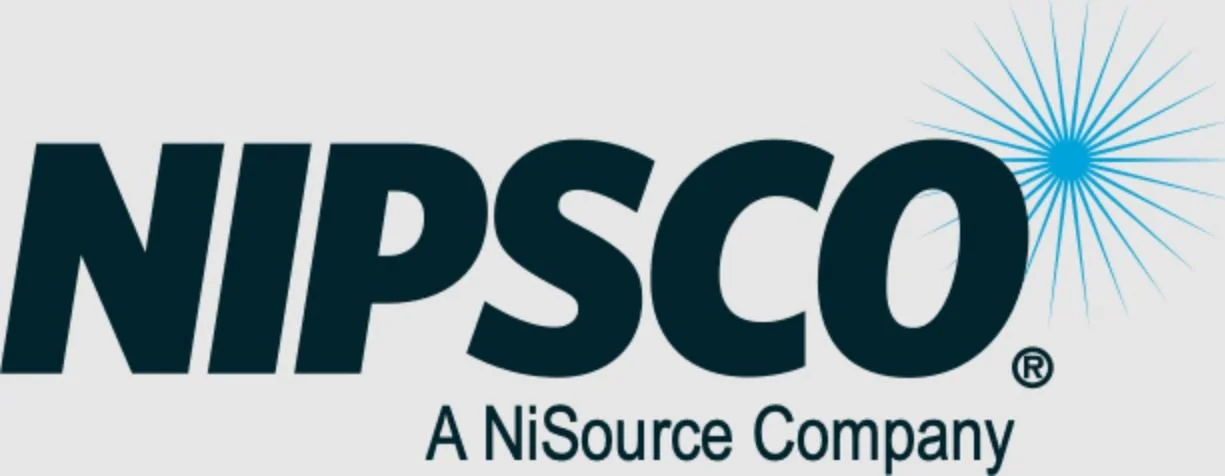How do solar panels work?
IN THIS SOLAR GUIDE
Introduction to Solar Power
Key Takeaways
The History of Solar Power
Components of a System
How do systems interact with the Grid?
Additional Considerations
Solar Energy FAQ
Final Thoughts
Get a summary of your costs and savings:
Top Tips for adding solar in Indiana:
How do solar energy systems actually work?
Understanding How Solar Panels Work: A Comprehensive Guide
Introduction to how solar energy systems work
As the world shifts toward renewable energy, solar power has emerged as a leading solution for clean and sustainable electricity generation. Solar panels harness energy from the sun and convert it into usable power for homes, businesses, and even entire communities. Understanding how solar panels work, their components, and their interaction with the electrical grid is essential for anyone considering solar energy. This guide provides a detailed breakdown of solar technology, its history, and its future potential.
Key Takeaways
Solar panels convert sunlight into electricity using photovoltaic (PV) cells.
Solar power has evolved significantly from early discoveries to modern efficiency improvements.
A complete solar energy system includes panels, inverters, batteries, charge controllers, and mounting structures.
Solar systems can operate independently (off-grid) or integrate with the electrical grid (grid-tied).
Advances in energy storage and smart grid technology are shaping the future of solar power.
The History of Solar Power
Solar power has a rich history that dates back to the 19th century. The photovoltaic effect was first observed in 1839 by French physicist Alexandre-Edmond Becquerel. In the 1950s, Bell Laboratories developed the first practical silicon solar cell, achieving an efficiency of about 6%. The energy crisis of the 1970s spurred significant research into renewable energy, leading to rapid advancements in solar panel efficiency and affordability. Today, solar energy is one of the fastest-growing energy sources worldwide, with ongoing improvements in panel efficiency, energy storage, and grid integration.
Components of a Solar Energy System
A solar power system consists of several essential components that work together to generate and manage electricity.
1. Solar Panels
Solar panels are the core component of any solar energy system. They contain photovoltaic (PV) cells made from semiconductor materials like silicon, which convert sunlight into direct current (DC) electricity through the photovoltaic effect. There are different types of solar panels, including:
Monocrystalline – High efficiency and longevity, but more expensive.
Polycrystalline – Lower cost but slightly less efficient.
Thin-film – Lightweight and flexible but with lower efficiency.
2. Inverter
The inverter converts the DC electricity generated by solar panels into alternating current (AC), which is the standard type of electricity used in homes and businesses. Types of inverters include:
String inverters – Connect multiple panels in series and are cost-effective. These systems often have one central inverter - larger commercial systems may have multiple. Common in both residential and commercial systems. Some string inverters will use DC optimizers to provide the benefit of individual panel monitoring, maximizing panel level generation, and rapid shutdown.
Microinverters – A small inverter is installed on each panel, improving efficiency in shaded areas. Used in both residential and commercial systems.
Hybrid inverters – Designed to have the versatility to operate the system both on-grid and off-grid. Batteries can also be added to string inverter and micro inverter systems, but said systems are not typically designed to operate to be off-grid for a long term nor for full time off-grid.
3. Battery Storage
Batteries store excess solar energy for later use, especially for off-grid systems or backup power during outages. The most common types of solar batteries include:
Lithium-ion – High efficiency, long lifespan, and increasingly popular.
Lead-acid – Lower cost but with shorter lifespan and lower efficiency.
4. Charge Controller
A charge controller regulates the power going into the battery bank, preventing overcharging and extending battery life. Charge controllers are most often used for off-grid systems and not grid tied systems, where excess electricity can be sent to the grid. Common types charge controllers include:
PWM (Pulse Width Modulation) – Simple and cost-effective for small systems.
MPPT (Maximum Power Point Tracking) – More efficient and ideal for larger systems.
5. Mounting Structures
Solar panels need proper mounting to ensure optimal sun exposure. Options include:
Roof-mounted systems – Common for residential and commercial installations. The panels are installed directly on the roof using rails, clamps, and/or brackets. These systems are typically fixed and not adjustable.
Ground-mounted systems – Used for everything from small residential to larger commercial or utility-scale setups. Panels are placed on metal or aluminum frames secured to the ground, ideal for open spaces.
Tracking systems – Adjust panel angles to maximize sun exposure throughout the day.
Other - Variations of these systems and others are available if you have a unique request. Contact us and we can assist in finding a racking structure that may work for your situation.
How does my system interact with utility grid?
Solar systems can be designed to work in conjunction with the electrical grid in various ways:
1. Grid-Tied Systems
These systems remain connected to the power grid and allow homeowners to use solar power while still having access to utility electricity when needed. Benefits include:
Utility Credits – Excess electricity generated by solar panels is sent to the grid, and homeowners receive credits that offset their electricity bills. Most utilities in Indiana will provide financial credit for energy fed to the grid.
Lower Costs – Grid-tied systems do not require batteries, reducing overall expenses.
Battery Storage - Batteries can be added to most grid-tied systems to give the owner the benefit of backup power.
2. Off-Grid Systems
Off-grid solar systems operate independently from the grid, relying on battery storage to provide power when sunlight is unavailable. These systems are ideal for remote locations but require careful planning to ensure sufficient energy storage.
3. Hybrid Systems
Hybrid solar systems combine grid-tied and off-grid capabilities by incorporating battery storage. These systems allow homeowners to store excess energy and use it during power outages or peak demand times.
Additional Considerations for Solar Energy
1. Energy Efficiency and Optimization
Smart inverters and monitoring systems help optimize solar performance by allowing you (and the installer) to monitor system performance.
Energy-efficient appliances and home upgrades can maximize the benefits of solar power. Making sure your home is adequately energy efficient is a better return than trying to make up for inefficiencies by adding solar.
2. Government Incentives and Policies
Take advantage of the Federal Tax Credit. See details here.
Policies like Renewable Portfolio Standards (RPS) mandate utilities to integrate renewable energy into their supply.
3. Environmental Impact
Solar energy reduces reliance on fossil fuels and lowers carbon emissions.
The production of solar panels does have an environmental footprint, but advancements in recycling and sustainable materials are improving their lifecycle impact.
4. Future Trends in Solar Technology
Bifacial solar panels that capture sunlight from both sides.
Perovskite solar cells promising higher efficiency at lower costs.
Solar skins and aesthetic innovations improving panel integration into buildings.
Community solar programs allowing multiple users to benefit from shared solar farms.
FAQ Regarding Solar Energy Systems
-
Most solar panels have a warranted lifespan of 25-30 years, with efficiency gradually decreasing over time. It’s not rare for solar panels to produce energy well beyond 25-30 years, but efficiency will decline.
-
Yes, solar panels still generate electricity on cloudy days, but at a reduced efficiency compared to direct sunlight.
-
Solar panels require minimal maintenance, typically just periodic cleaning and occasional inspections and repairs. Be sure to regularly review your monitoring software and review your equipment manuals for manufacturers’ recommend maintenance.
-
While DIY installation is certainly possible, professional installation is recommended to ensure safety, compliance with the electric utility and local authorities, and optimal system design and performance. If you’re sure you want to install yourself, contact us, and we can assist with some or all of this process.
-
Most would agree that, yes, adding solar panels does increase your home’s value. Numerous studies show that homes with solar installations often have higher resale values and sell faster than those without. Solar panels systems will reduce the expense of owning a home and shows the home is modernized and potentially prepared for emergency situations.
-
Solar panels do not work for every site. Factors such as roof condition, sun exposure, shading, and local regulations determine the suitability of solar panels for your home or business. Good sun throughout the day and a newer roof is ideal! A quick and free analysis by The Solar Commission can determine if your site is eligible.
-
Excess electricity can be sent to the grid. Most utilities in Indiana will credit your electric bill for any excess energy, but the amount credited will depend on your utility’s policies. Excess electricity can also be stored in batteries and used for future consumption.
Final Thoughts
Solar energy is an increasingly viable solution for sustainable electricity generation. Understanding how solar panels work, their system components, and how they interact with the grid can help homeowners, businesses, and policymakers make informed decisions about adopting solar technology. As innovation continues, solar power is set to play a crucial role in the global transition to renewable energy.
Find out what incentives you qualify for and what you can save
Other Related Articles











